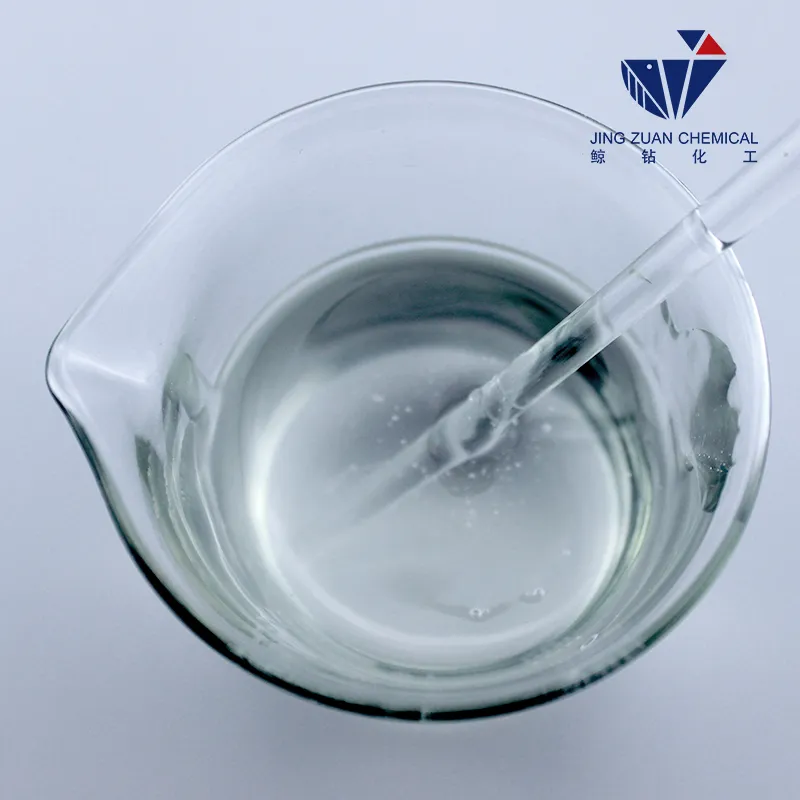
Dec . 22, 2024 07:55 Back to list
hpmc properties
Understanding HPMC Properties A Comprehensive Overview
Hydroxypropyl Methylcellulose (HPMC) is a non-ionic, water-soluble cellulose ether derived from natural cellulose. Due to its versatile properties, HPMC is widely used across various industries, including pharmaceuticals, food, cosmetics, and construction. This article delves into the properties of HPMC, demonstrating its numerous applications and benefits.
Chemical Structure and Composition
HPMC is synthesized by adding hydroxypropyl and methyl groups to cellulose. This modification results in a compound that is highly soluble in water, with the capability to form gel-like substances. The degree of substitution of hydroxypropyl and methyl groups determines the viscosity, solubility, and other functional properties of HPMC, making its chemical composition a crucial factor in its application.
Physical Properties
One of the standout features of HPMC is its ability to create a viscous solution when dissolved in water. The viscosity can be tailored by adjusting the concentration of HPMC and the ratio of hydroxypropyl to methyl groups. HPMC solutions exhibit pseudoplasticity, meaning their viscosity decreases under shear stress, a property beneficial in applications such as paint and adhesives where ease of application is crucial.
In addition to its viscosity characteristics, HPMC possesses excellent film-forming abilities. When dried, HPMC can form a transparent, flexible film that acts as a barrier, ideal for protective coatings in various industries. Its ability to withstand high temperatures without degradation further enhances its utility in high-performance applications.
Solubility and Gelation
HPMC is soluble in both cold and hot water, making it a versatile choice for numerous applications. However, it is essential to note that its solubility can be influenced by factors such as temperature and the presence of other solutes. In certain conditions, HPMC can also act as a gel-forming agent, creating gels that are stable under various conditions. This property is particularly beneficial in the pharmaceutical industry for drug formulations and sustained-release systems.
hpmc properties

Applications
1. Pharmaceuticals HPMC is commonly used as a binder, film-former, and stabilizer in tablet formulations. Its controlled-release properties make it an ideal candidate for developing extended-release medications, facilitating a gradual release of active ingredients over time.
2. Food Industry In the food sector, HPMC serves as a thickener, emulsifier, and stabilizer. It is frequently used in low-fat and gluten-free products, improving texture and mouthfeel without adding significant calories. Its ability to form gels makes it a popular ingredient in processed foods and sauces.
3. Cosmetics and Personal Care HPMC is valued for its emulsifying and thickening properties in cosmetic formulations. It enhances the texture of creams and lotions, improves stability, and provides a smooth application. Additionally, its water-retaining properties contribute to moisture retention in skin care products.
4. Construction HPMC is widely used in construction materials, particularly in cement-based products like mortar and tile adhesives. Its water retention properties ensure better adhesion and workability, contributing to the overall durability of construction materials.
Environmental Considerations
As a cellulose derivative, HPMC is biodegradable and considered environmentally friendly. Its use in various applications aligns with a growing focus on sustainability, making it a preferred choice over synthetic polymers in many formulations.
Conclusion
The diverse properties of HPMC — from its ability to form viscous solutions and gels to its excellent film-forming capabilities — underline its significance across multiple industries. Its compatibility with various formulations and adherence to environmental standards further enhance its appeal. As industries continue to seek alternatives that offer functionality without compromising sustainability, HPMC stands out as an exceptional choice poised for further innovation and application.
-
Versatile Hpmc Uses in Different Industries
NewsJun.19,2025
-
Redispersible Powder's Role in Enhancing Durability of Construction Products
NewsJun.19,2025
-
Hydroxyethyl Cellulose Applications Driving Green Industrial Processes
NewsJun.19,2025
-
Exploring Different Redispersible Polymer Powder
NewsJun.19,2025
-
Choosing the Right Mortar Bonding Agent
NewsJun.19,2025
-
Applications and Significance of China Hpmc in Modern Industries
NewsJun.19,2025







